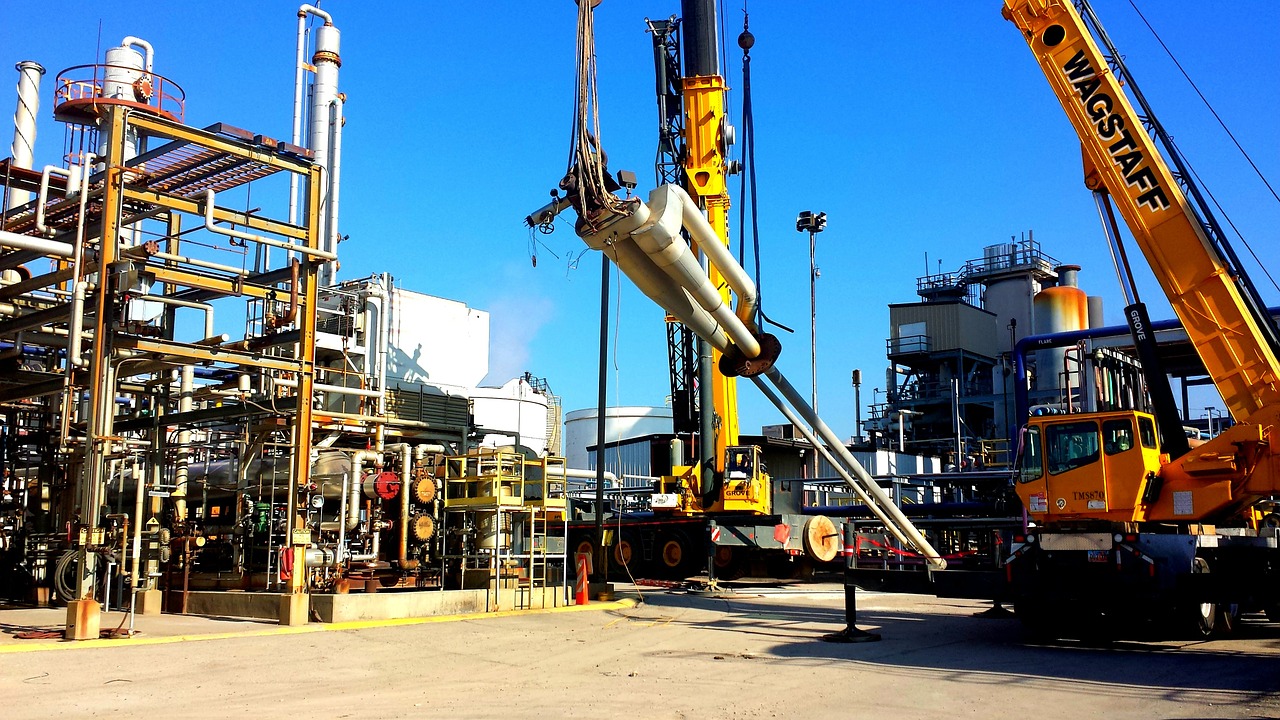Not known Details About Geotheta
Not known Details About Geotheta
Blog Article
Geotheta Fundamentals Explained
Table of ContentsSome Known Details About Geotheta The smart Trick of Geotheta That Nobody is Talking AboutThe Geotheta PDFsSome Known Factual Statements About Geotheta
They team up with civil engineers, architectural engineers, designers, and various other specialists to incorporate geotechnical factors to consider right into the general task style and building and construction process. This needs effective teamwork, coordination, and communication to make sure that the geotechnical aspects line up with the project goals and meet regulative demands.Mining & Materials Engineering: Principles of drilling, infiltration prices, and aspects influencing the selection of boring technique. Features of dynamites, shooting systems and blast patterns. Blasting methods in surface and below ground operations. Unique blasting methods at excavation boundaries. Vibration and sound control. Mechanical and continual strategies to fragmentation, including longwall shearing and fullface boring.
Modelling of piece and bit dimension circulations; comminution as a transfer feature. Comminution innovation: crushing, grinding, size category. Integrated evaluation of fragmentation and comminution operations. Offered by: Mining & Materials Engineering.
The Best Strategy To Use For Geotheta
Bachelor's level programs in civil, geotechnical, geological, and environmental design usually last four years and consist of basic education courses in English, social science, and the humanities, in addition to training courses in sophisticated maths, architectural geology, and fluid mineralogy. (https://www.behance.net/ianhammond2)
Geotechnical engineering entails the assessment of the soil and rock problems at a particular site, and their implications for the growth of that site. As most frameworks count on the ground for assistance, it is without shock that a comprehensive understanding of the ground problems, and the viability of structure systems, are vital to the long-term security and performance of the structure or framework.
Being experts in the examination of geological developments and ground behaviour, geotechnical designers execute scientific investigations and screening to recognize the effect these geological formations may carry the style and building and construction of building, civil and infrastructure projects. This proficiency is important for the style and construction of buildings, roads, tunnels, dams, bridges, and supply of water and sewer systems.
The geotechnical team at Douglas Allies consistently speak with designers, layout engineers, programmers, and builders to make referrals on layout and development propositions to ensure that the constructed structures are appropriately designed for the ground problems. The style of footing systems requires to take into consideration the weight of the framework, the capacity of the ground to support that weight together with motion tolerances and effective construction.
About Geotheta
This task is considerably simplified by the use our Douglas Map geospatial system which makes this details readily available in a simple to utilize internet browser user interface. A geotechnical designer will direct the exploration of boreholes and test pits to collect dirt and other samples, and also assess surface attributes and ground exposures to develop a geotechnical version of the subsurface conditions.
Relying on the task type and ground problems encountered, research laboratory testing might to name a few points analyze strength, compressibility, sensitivity and/or permeability of dirt and rock samples. After this information is accumulated and collated, the results are used for a geotechnical design of the website, which is generally provided as sections across the site.

A geotechnical investigation naturally can only analyze the ground conditions at the locations drilled or excavated. Natural variations in dirt and rock conditions can happen throughout a site and between examination places. It is for that reason good practice that the geotechnical designer be preserved throughout building of the project to give on-site confirmation that the ground conditions encountered are constant with the assumptions and suggestions given in the geotechnical examination report.
7 Easy Facts About Geotheta Described
Geotechnical designers utilize their in-depth knowledge of dirt and rock to evaluate risk and address issues on varied infrastructure projectsGeotechnical engineering is a specialist branch of civil design which takes a look at the practices of earth products and the application of soil and rock technicians. Geo Tech Engineering. As a geotechnical designer, you will certainly analyze the physical, mechanical and chemical residential properties of dirt and rock in order to make foundations, retaining frameworks and earthworks
Geotechnical engineering is closely connected to and overlaps with, both design geology and ground engineering - https://www.goodreads.com/user/show/180594840-ian-hammond. It's possible to specialise in geotechnics or job for a geotechnical business but be recognized as an engineering rock hound or a ground designer. As a geotechnical engineer, you'll require to: build and keep connections with customers and other experts involved in the site, throughout each projectmaintain safety and security standards on website bear in mind cost ramifications when you make recommendationsstudy geological maps and aerial photos from a variety of sources and from different time periodsexamine construction plans to see how practical they are based on your understanding of the siteinvestigate risks or geological dangers for the sitesearch for environmentally delicate features, such as landfill begin to establish accurate and interpretive ground modelsplan field investigationsdrill and analyse samples of bedrock, dirt, groundwater and extra materials oversee various other experts on sitesolve technical concerns as they arise, such as unforeseen frameworks at drill sitesmonitor problems throughout and after construction to make certain structures are steady in the short and long termadding data gathered on website to your preliminary researchcreating geotechnical estimations, illustrations, and two or three-dimensional computer models translating the datamaking suggestions about the recommended usage of the site

Report this page